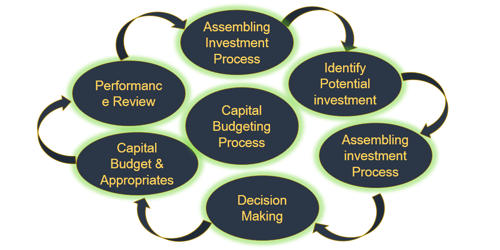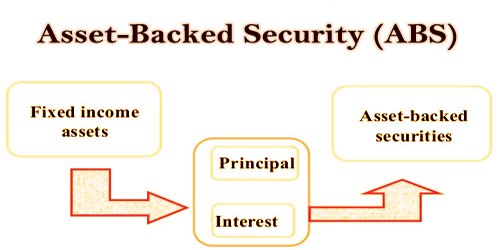Capital Budgeting Process
Capital budgeting is a company’s formal process used for evaluating potential expenditures or investments that are significant in amount. The extent to which the capital budgeting process needs to be formalized and systematic procedures established depends on the size of the organization, a number of projects to be considered, the direct financial benefit of each project considered by itself, the composition of the firm’s existing assets and management’s desire to change that composition, timing of expenditures associated with them that are finally accepted. It involves the decision to invest the current funds for addition, disposition, modification or replacement of fixed assets.
The capital budgeting process can be described as follows:
- Planning
The capital budgeting process begins with the identification of potential investment opportunities. There could be various reasons for taking up investments in a business. The opportunity then enters the planning phase when the potential effect on the firm’s fortunes is assessed and the ability of the management of the firm to exploit the opportunity is determined. It could be the addition of a new product line or expanding the existing one. Opportunities having little merit are rejected and promising opportunities are advanced in the form of a proposal to enter the evaluation phase. It could be a proposal to either increase production or reduce the costs of outputs.
- Evaluation
This phase involves the determination of the proposal and its investments, inflows, and outflows. This has to match the objective of the firm to maximize its market value. The tool of the time value of money comes handy in this step. Investment appraisal techniques, ranging from the simple payback method and accounting rate of return to the more sophisticated discounted cash flow techniques, are used to appraise the proposals. Also, the estimation of the benefits and the costs need to be done. The technique selected should be the one that enables the manager to make the best decision in the light of prevailing circumstances.
- Selection
There is no such defined method for the selection of a proposal for investments as different businesses have different requirements. Considering the returns and risks associated with the individual project as well as the cost of capital to the organization, the organization will choose among projects so as to maximize shareholders’ wealth. Once the proposal has been finalized, the different alternatives for raising or acquiring funds have to be explored by the finance team. This is called preparing the capital budget.
- Implementation
Money is spent and thus proposal is implemented. When the final selection has been made, the firm must acquire the necessary funds, purchase the assets, and begin the implementation of the project. The management then takes up the task of monitoring and containing the implementation of the proposals.
- Control
The progress of the project is monitored with the aid of feedback reports. Once the project has been implemented the next step is to compare the actual performance against the projected performance. These reports will include capital expenditure progress reports, performance reports comparing actual performance against plans set, and post-completion audits.
- Review
When a project terminates, or even before, the organization should review the entire project to explain its success or failure. This phase may have implications for form planning and evaluation procedures. Further, the review may produce ideas for the new proposals to be undertaken in the future. The unfavorable results are identified and removing the various difficulties of the projects helps for future selection and execution of the proposals.
















